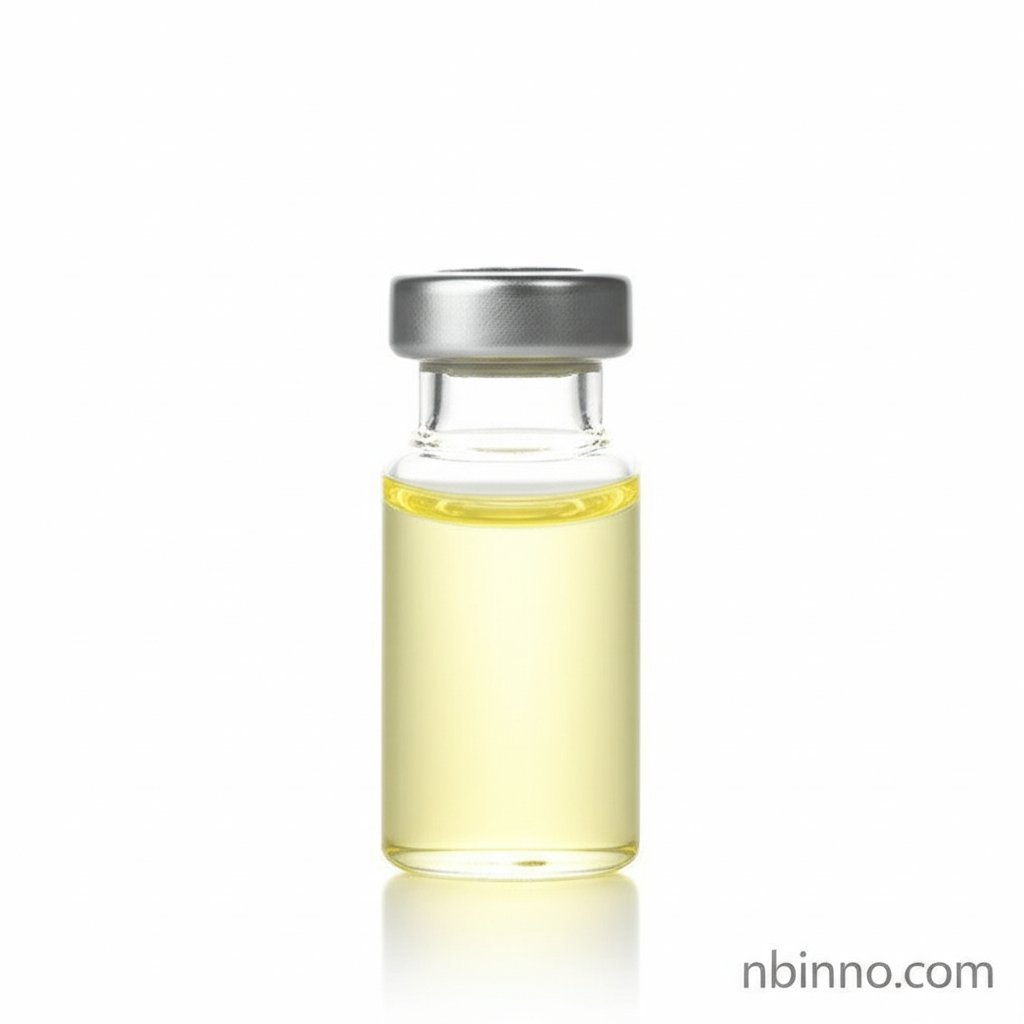High Purity 3-Phenylpropanoyl Chloride (CAS 645-45-4): Your Trusted Pharmaceutical Intermediate
Discover the versatile applications and critical role of 3-Phenylpropanoyl Chloride in modern chemical synthesis. As a leading manufacturer and supplier in China, we provide high-quality, reliable intermediates essential for pharmaceutical and fine chemical industries. Connect with us for competitive pricing and efficient supply chain solutions.
Get a Quote & SampleUnlock Advanced Synthesis with 3-Phenylpropanoyl Chloride

3-Phenylpropanoyl Chloride (CAS 645-45-4)
As a trusted manufacturer and supplier of fine chemical intermediates in China, we offer high-purity 3-Phenylpropanoyl Chloride. This versatile liquid is indispensable for complex organic synthesis, particularly in the pharmaceutical sector, enabling the creation of APIs and advanced materials. Our commitment to quality ensures you receive a product that meets stringent industry standards for your critical applications.
- Advanced Pharmaceutical Intermediate: Essential for synthesizing APIs and complex drug molecules.
- Versatile Reactivity: Functions as a key acylating agent in numerous organic transformations.
- High Purity Guaranteed: Typically supplied with ≥97.5% purity for reliable results in your synthesis.
- Reliable Supply Chain: Secure your supply of this vital chemical intermediate from a dedicated manufacturer.
Key Advantages of Sourcing 3-Phenylpropanoyl Chloride
Exceptional Purity for Critical Applications
Our 3-Phenylpropanoyl Chloride is manufactured to meet stringent purity requirements (≥97.5% GC), ensuring predictable and reproducible results in your sensitive synthesis pathways. As a dedicated supplier, we understand the importance of quality for pharmaceutical intermediates.
Versatile Acylation Agent
Leverage the strong reactivity of this acyl chloride for efficient acylation reactions, enabling the synthesis of esters, amides, and other crucial organic compounds. It's a fundamental building block for many complex molecules, and we are your go-to manufacturer for this essential reagent.
Cost-Effective Sourcing from China
As a leading manufacturer in China, we offer competitive pricing for 3-Phenylpropanoyl Chloride (CAS 645-45-4). Partner with us to secure a stable and cost-effective supply of this vital chemical intermediate, streamlining your procurement process and enhancing your project's economic viability.
Broad Application Spectrum
Pharmaceutical Synthesis
Crucial for the synthesis of numerous Active Pharmaceutical Ingredients (APIs) and drug candidates, including antivirals and antitumor agents. We are a reliable supplier for your pharma intermediate needs.
Agrochemicals
Used in the development of specialized agrochemical compounds, contributing to advanced crop protection and pest management solutions.
Polymer Modification
Serves as a modifier or precursor in the creation of specialty polymers, potentially imparting enhanced properties to materials.
Organic Electronics
Its structure makes it a potential building block for materials used in organic electronic applications, such as OLEDs.
